Dasolsa Temple (다솔사)
2025-03-28
417 Dasolsa-gil, Sacheon-si, Gyeongsangnam-do
+82-55-853-0283
* Please be advised that this is located in one of the areas affected by the recent wildfire (as of March 27, 2025).
** For real-time wildfire information and emergency upates, visit the Korea Forestfire Information website and the National Disaster and Safety Portal.
Located on the hillside of Imyeongsan Mountain in Sacheon, Gyeongsangnam-do, Dasolsa Temple is a very old Buddhist temple built during the Silla dynasty. However, its buildings have been reconstructed as many as three times; once because of the Imjin War (1592-1598) and twice because of fire. The last fire took place in December of 1914, burning down all the buildings except Daeyangru Pavilion; therefore, most of the current buildings are historical representations of the buildings previously destroyed in the fire.
Namildae Beach (남일대해수욕장)
2022-10-13
55, Namildae-gil, Sacheon-si, Gyeongsangnam-do
+82-55-832-9610
Located in Sacheon and home to the huge Elephant Rock that resembles an elephant drinking water, Namildae Beach is a popular vacation spot all year round thanks to its clean water and soft sand. The thick surrounding forests and Jinneol Observation Deck, as well as many fishing spots, add to its popularity. During the summer season, there is a singing competition and film festival. Vacationers can also visit Changseon-Samcheonpo Bridge, the biggest bridge in Asia, and see Hallyeohaesang National Park on a ferry cruise.
Hobaksogyegok Valley (호박소계곡)
2025-01-08
334-1, Eoreumgol-ro, Miryang-si, Gyeongsangnam-do
+82-55-359-5361
Hobaksogyegok Valley is located within Gajisan Mountain approximately 3 kilometers away from Eoreumgol Valley in Jaeyaksan Mountain, where the water originates. The valley offers beautiful surroundings and clear water developed over the years. Hobakso Pond, shape like a grain-grinding tool, is located at the base of a 10-meter-high waterfall. With a circumference of 30 meters, the pond is also called Sirye Hobakso Pond, Guyeongpokpo Falls, and Baengnyeonpokpo Falls. In the past, the pond was a spiritual place where people would pray for rain. Surrounded by white granite rocks, the area is a scenic place of natural beauty, free from pollution. Visitors can also look around nearby Baengnyeonsa Temple, Hyeongjeso Pond and Ocheonpyeong Rock.
Hallyeohaesang National Park (Sacheon District) (한려해상국립공원(사천))
2021-01-19
Neukdo-dong, Sacheon-si, Gyeongsangnam-do
+82-55-860-5800
Hallyeohaesang National Park is a national marine park that encompasses the most beautiful stretch of Korea’s south coast, covering parts of Sacheon, Geoje, Tongyeong, Hadong, Namhae and Yeosu. The total area of the park is 535.676 ㎢, of which 76% consists of ocean water. Not only does the park offer a outstanding view of mountains and the ocean, but it also serves as an educational site in reference to the Imjin War and the feats of Admiral Yi Sun-sin.
Fossil Dinosaur and Bird Footprints of Goseong (고성 덕명리 공룡과 새발자국 화석 산지)
2022-09-08
65, Deongmyeong 5-gil, Goseong-gun, Gyeongsangnam-do
+82-55-670-2231
The ancient fossil site at Deokmyeong-ri, Goseong-gun, is one of the largest Cretaceous dinosaur fossils sites in the world. It is the home of a vast amount of footprints from a variety of ancient species, as well as the largest Mesozoic bird footprint found to date. The formations from many different prehistoric eras make it a precious site for academic research on the life patterns of dinosaurs, the ancient natural environment and formations, the distribution of sea and land, and the evolution of bird species. It is also a great tourist attraction that offers magnificent scenery, including a coastline dotted with beautiful Hallyeosudo islets, unique rock formations and cliffs, and sea caves.
Yeonhwasan Provincial Park (연화산도립공원)
2022-08-03
544, Yeonhwasan 1-ro, Goseong-gun, Gyeongsangnam-do
+82-55-673-4101
Yeonhwasan Mountain, located in Goseong, Gyeongsangnam-do, is just 524 meters tall, encompasses the three peaks of Ongnyeobong, Seondobong and Mangseonbong, and is widely recognized as an important provincial park. Its northern side is dotted with Buddhist temples such as the historical Okcheonsa Temple, Baengnyeonam Hermitage, Cheongyeonam Hermitage and Yeondaeam Hermitage. Although Yeonhwasan Mountain is called a "mountain," the gentle slopes and ridges are more similar to those of a hill. Unlike other mountains where the purpose lies in trekking and climbing to the mountain summit, the most fruitful experience one can get from exploring Yeonhwasan Mountain is a visit to Okcheonsa Temple. From the summit of the mountain, visitors will be able to see Okcheonsa Temple nestled in the mountain and the deep blue sea along Danghangpo Resort to the mountain's south.
Geochang Suseungdae Rock (거창 수승대)
2020-08-28
2, Eunhari-gil, Geochang-gun, Gyeongsangnam-do
+82-55-943-5383
Suseungdae Rock is located near Hwangsan Village in Geochang-gun, Gyeongsangnam-do. The rock was originally called Susongdae Rock during the Three Kingdoms Era when it served as the final stop for envoys sent from Baekje to Silla. The name later changed to Amgudae Rock during the reign of Joseon King Jungjong. It wasn't until 1543 that it was called Suseungdae Rock. There are many historical and cultural sites in the area relating to the Geochang Sin family.
Chungnyeolsa Temple (충렬사)
2024-04-07
228-13, Chungjeong-ro, Jeongeup-si, Jeonbuk-do
+82-63-539-5184
Located in Jeongeup, Jeollabuk-do, Chungnyeolsa Temple was established as a shrine to embody the spirit of Admiral “Chungmugong” (honorific title in military) Yi Sun-Sin. He was a great national hero who led the Korean navy to victory in many naval battles using innovative ‘turtle ships’ during the Imjin War (1592-1598).
Situated in the heart of Gumisan Mountain overlooking the city of Jeongeup, the temple is the location of a memorial ceremony held every 28th of April, the birthday of Admiral Yi. The ceremony is meant to pay tribute to the memory of the naval hero and his irreproachable service to the city. Yi Sun-Sin had been appointed as reeve of Jeongeup in 1589 but soon after in 1591 he left the post to work as the chief naval officer of the Jeolla region.
Fossilized Dinosaur Footprint Site Gain-ri, Namhae (남해 가인리 화석산지)
2014-11-11
Gain-ri, Changseonyeon, Namhae-gun, Gyeongsanam-do
+82-55-860-8636, +82-1588-3415
Gain-ri village in Changseon-myeon, Namhae, Gyeongnam Province, has a primitive fossil site that includes 34 footprints of pterosaurs, or flying dinosaurs. The footprints are deeply imprinted in the wide sheets of rocks arrayed along Dongdaeman Beach. Researchers believe that these enormous footprints belong to a species of huge pterosaur, and visitors can see about 60 smaller footprints that are believed to belong to early humans. The dinosaur footprints and other cretaceous fossils are located along the cape by the shore, so you must time your visit well to see them. According to paleontologists, the footprints are the evidence of three specimens of herbivorous: sauropoda, which walked on two 60 centimeter-long feet; two specimens of ornithopoda, which were also herbivores, that had three toes on each foot; and one specimen of another ornithopod species, a carnivore that had sharp claws and walked on two feet. The layout of the footprints alludes to a situation where the herbivores were walking in a group followed by a carnivore preparing for an attack!
Okpo Shipyard of Daewoo Shipbuilding & Marine Engineering (대우조선해양(주) 옥포조선소)
2025-01-08
3370, Geoje-daero, Geoje-si, Gyeongsangnam-do
+82-55-735-2397
Okpo Shipyard of Daewoo Shipbuilding & Marine Engineering spans over a 4000,000㎡ land and consists of large-scale specialized facilities and equipments for shipbuilding and repairs such as a dock that can handle a 1,000,000 ton vessel and a 900 ton Goliath crane. The shipyard builds various vessels, offshore plants, drill ships, FPSO/FPUs, submarines and destroyers all year round and offers plant tour programs for visitors.
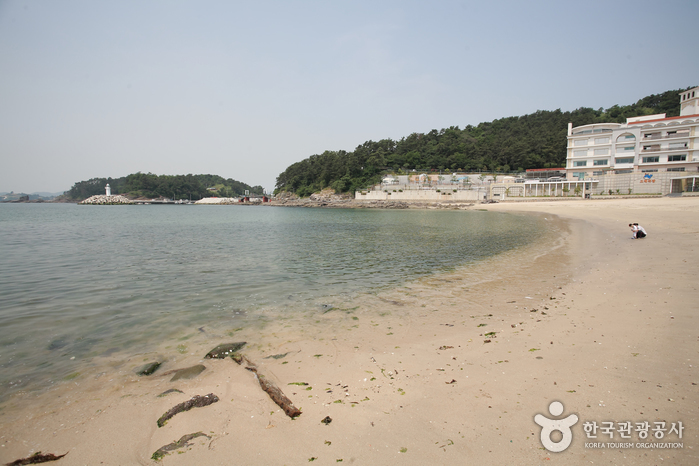
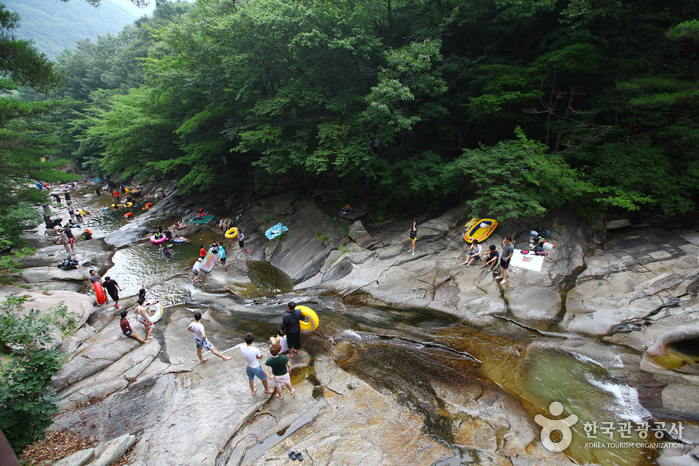
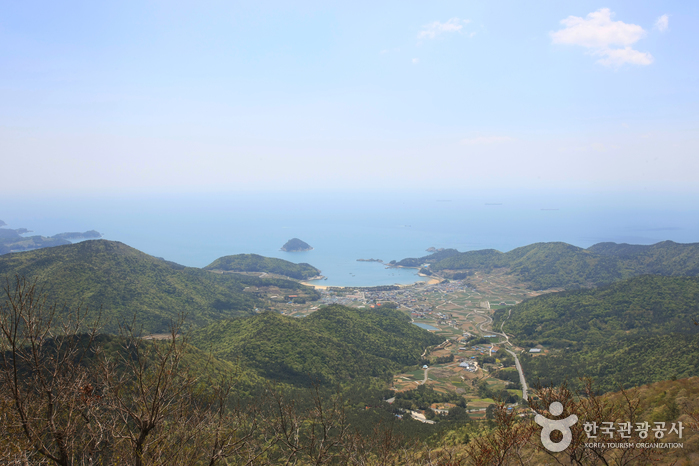

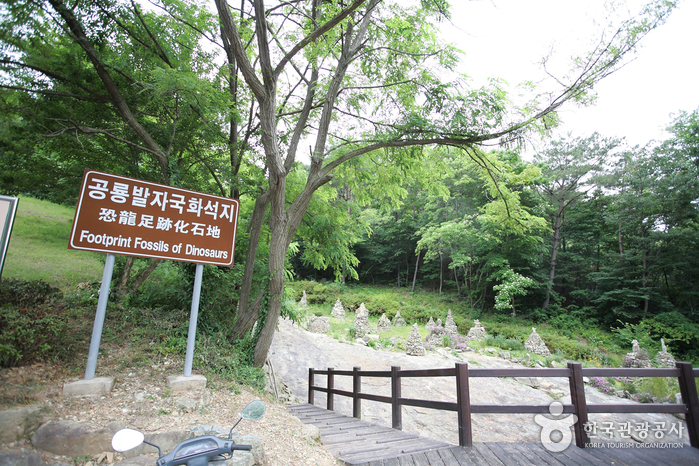

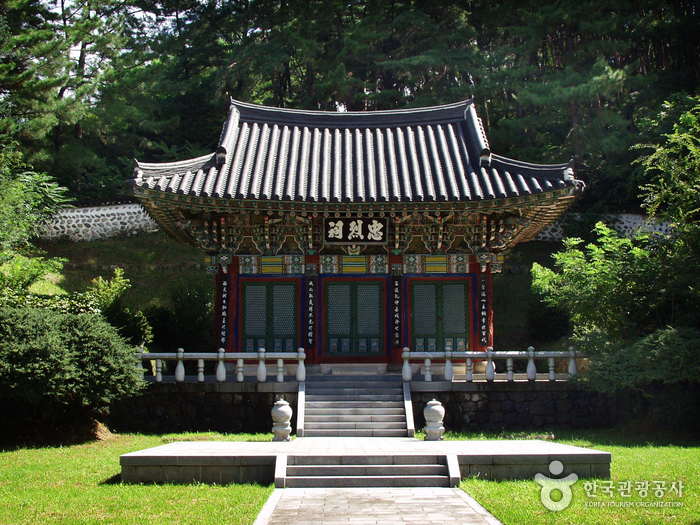

 English
English
 한국어
한국어 日本語
日本語 中文(简体)
中文(简体) Deutsch
Deutsch Français
Français Español
Español Русский
Русский